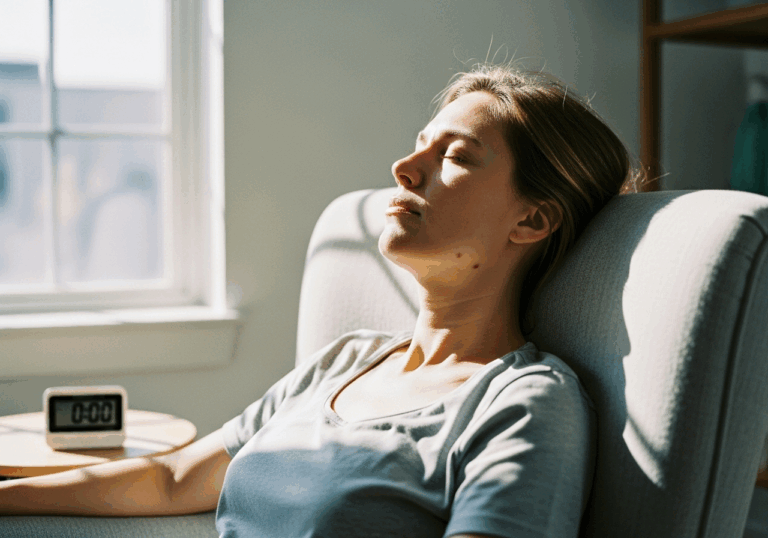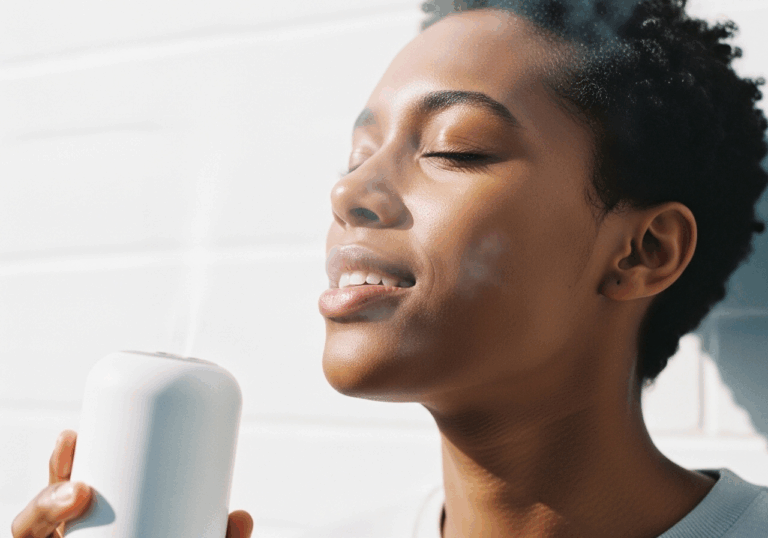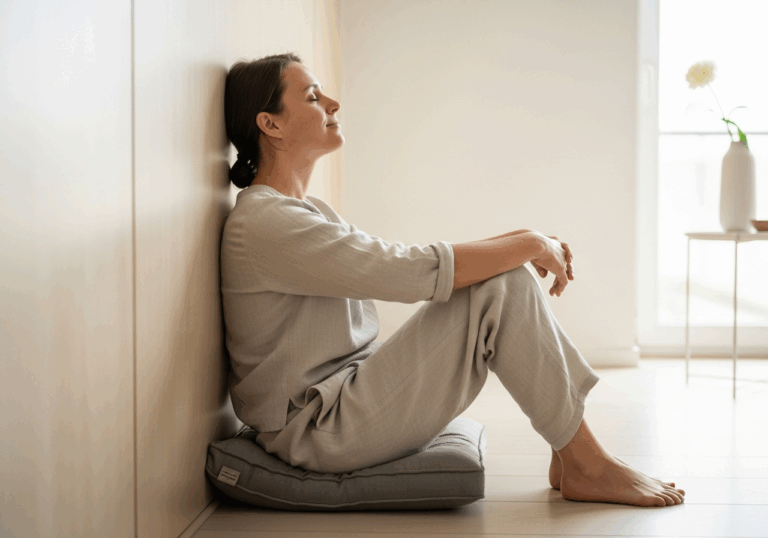Science-Backed Tips
Boost Your Mood with 10 Minutes of PMR
Experience a 25% increase in relaxation in just one week.
📊 Did you know?
💡 Why It Matters
1️⃣
A 25% increase in relaxation can significantly enhance daily productivity and emotional stability.
2️⃣
Implementing PMR can serve as a cost-effective mental health strategy, reducing the need for more intensive interventions.
3️⃣
Regular practice of PMR may lower overall stress levels, contributing to improved long-term mental health outcomes.
✅ Try These Micro-Tips
🎯
Practice PMR for 10 minutes daily, focusing on one muscle group.
🎯
Incorporate PMR into your morning routine to start your day relaxed.
🎯
Use guided PMR recordings to enhance your practice.
🎯
Track your relaxation scores weekly to monitor progress.
📚 The study
This rapid relaxation strategy not only alleviates daily tension but also supports emotional ease, making it a valuable tool for anyone looking to enhance their mood and productivity.
Implementing PMR as a regular practice can serve as a cost-effective mental health strategy, potentially reducing the need for more intensive interventions.
By dedicating just 10 minutes a day to this technique, individuals can significantly lower their overall stress levels, contributing to improved long-term mental health outcomes.
Whether you’re a busy professional, a student, or anyone facing daily stressors, incorporating PMR into your routine could be the key to unlocking a more relaxed and emotionally stable version of yourself.
❓ Frequently Asked Questions ❓
Learn more
What is short-form PMR?
Short-form Progressive Muscle Relaxation (PMR) involves systematically tensing and relaxing one muscle group at a time. This technique helps to promote relaxation and reduce stress quickly.
How long should I practice PMR daily?
It is recommended to practice PMR for 10 minutes each day. This duration is effective in increasing perceived relaxation and uplifting mood.
What muscle groups can I focus on during PMR?
You can choose any specific muscle group, such as your shoulders, neck, or hands, to focus on during PMR. Targeting one muscle group at a time allows for a more concentrated relaxation experience.
How does PMR affect my mood?
Practicing PMR can lead to a significant increase in perceived relaxation, which in turn uplifts mood. This quick stress relief strategy helps reduce daily tension and supports emotional ease.
Can PMR improve my productivity?
Yes, a 25% increase in relaxation can significantly enhance daily productivity. By reducing stress levels, PMR allows you to focus better on tasks and responsibilities.
Is PMR a cost-effective mental health strategy?
Absolutely, implementing PMR is a cost-effective way to manage mental health. It can reduce the need for more intensive interventions by providing quick stress relief.
How can I incorporate PMR into my routine?
You can incorporate PMR into your morning routine to start your day feeling relaxed. Setting aside 10 minutes for this practice can help establish a calming habit.
Are there guided recordings for PMR?
Yes, using guided PMR recordings can enhance your practice by providing instructions and pacing. These recordings can help you stay focused and make the experience more effective.
How can I track my progress with PMR?
You can track your relaxation scores weekly to monitor your progress with PMR. Keeping a record of your perceived relaxation can help you see improvements over time.
What are the long-term benefits of regular PMR practice?
Regular practice of PMR may lower overall stress levels, contributing to improved long-term mental health outcomes. This consistent relaxation technique supports emotional stability and resilience.





